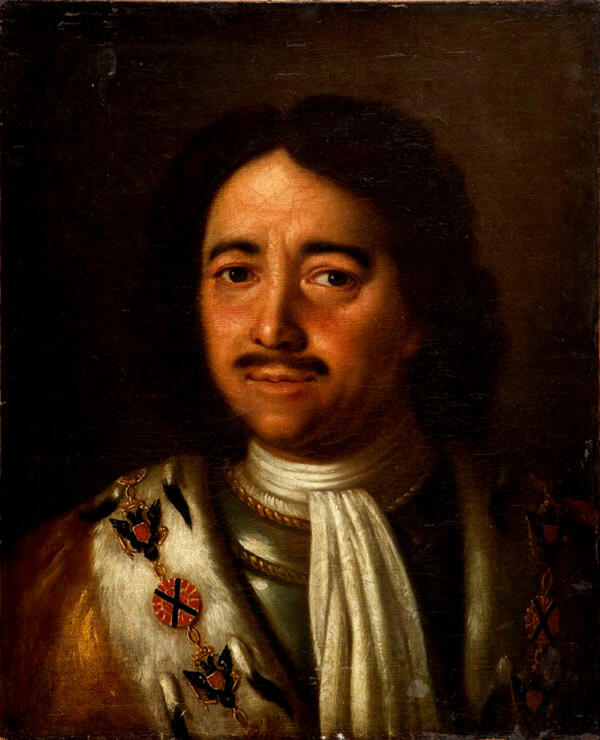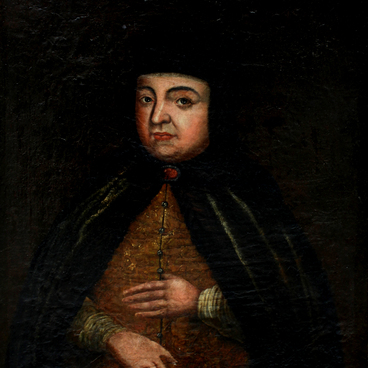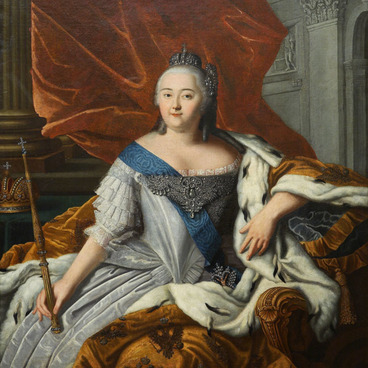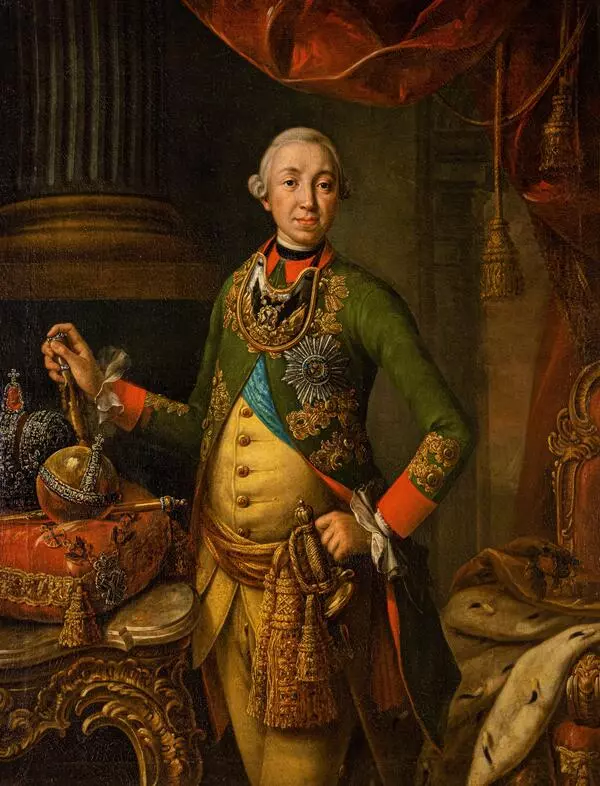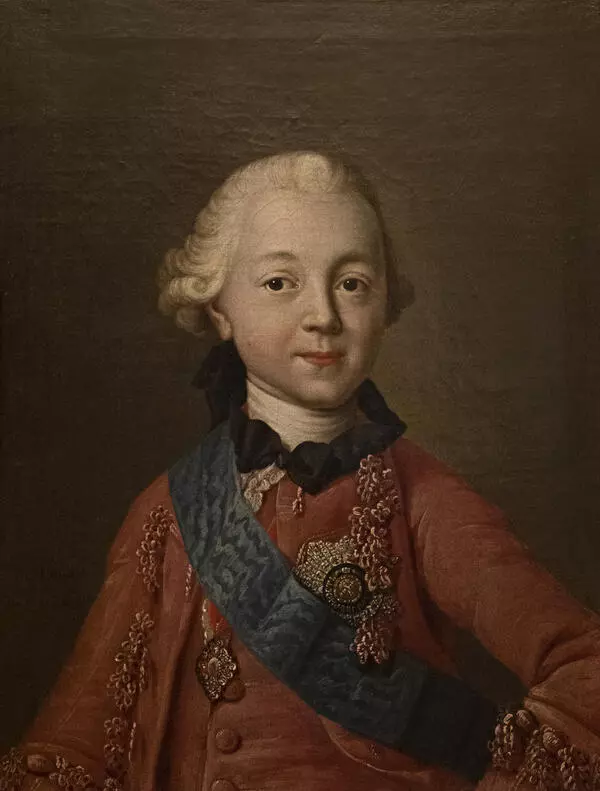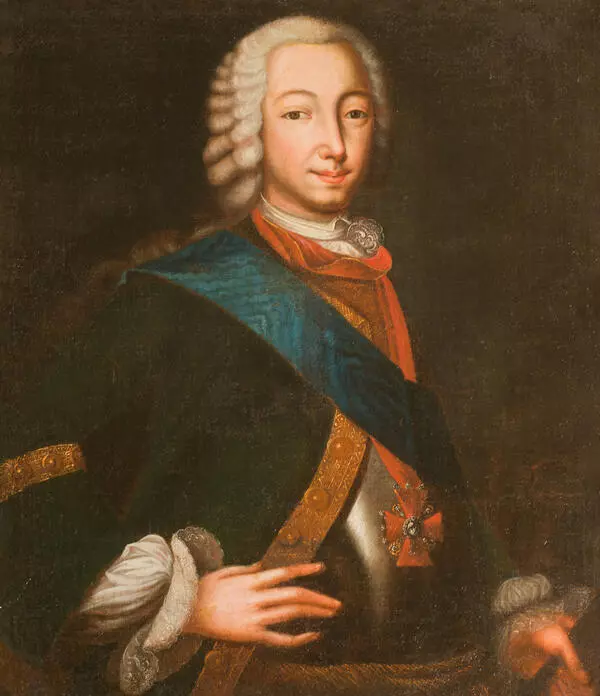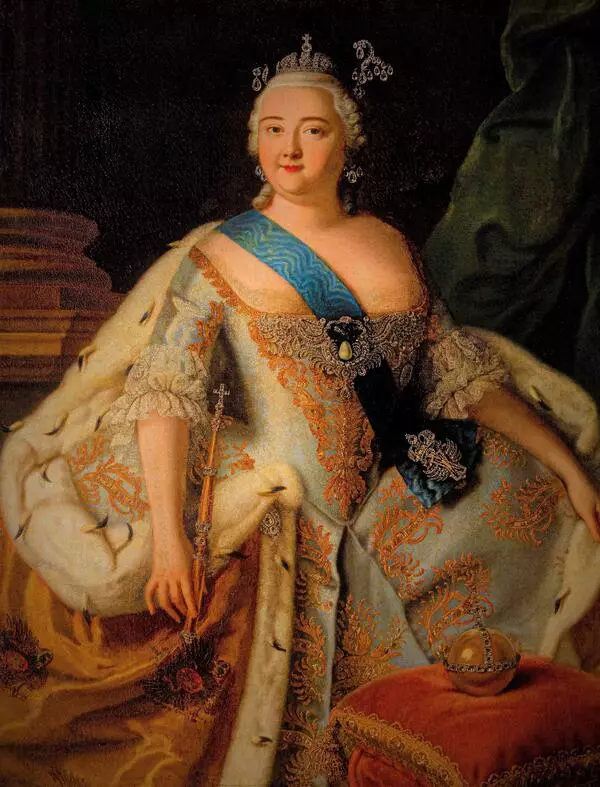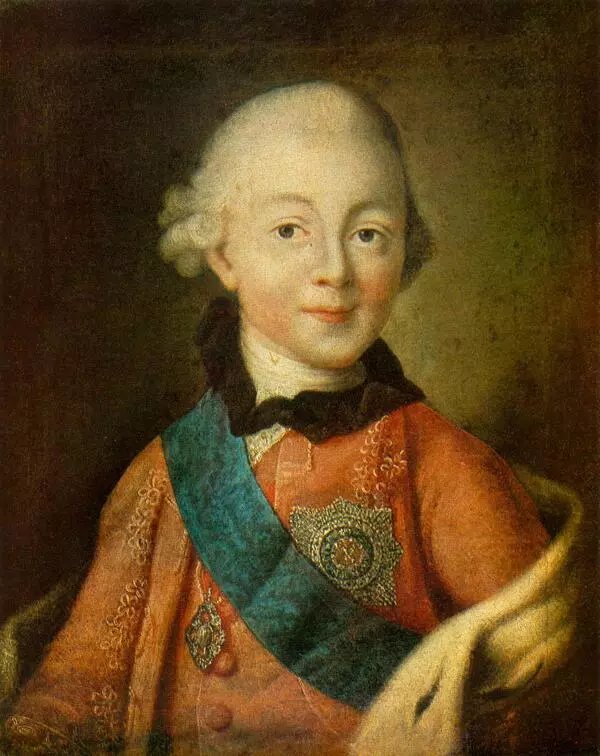The list of portraits of the Russian emperor Peter the Great is extensive and diverse. The research analysis of all those portraits shows that these lifetime images of the emperor were usually created by famous foreign artists - Jean-Marc Nattier, Louis Caravaque, and others. The Russian masters painted from famous originals and made a number of copies, often interesting and of high quality.
Usually the authorship is not indicated on the portraits, but sometimes researchers do come across familiar names. The collection of the Taganrog Art Museum contains a portrait of the first emperor, painted by the famous Russian artist of the second half of the 18th century, Alexei Antropov (March 25, 1716, St. Petersburg - June 23, 1795, St. Petersburg). This work is a copy of the famous painting by Louis Caravaque, and it belongs to the tradition of historical portraits.
This is the most significant work of Antropov in the series of copy portraits that he made. it stands out vividly with a new solution, a psychological image of Peter the Great, and also realistically conveys the resemblance to a living historical person. Alexei Antropov painted a portrait of Peter I in 1772. At the time of the emperor’s death, the artist was only nine years old, but he gained a lot of experience with portraits of Peter I over the course of his life.
At the time of Antropov’s studies, the Academy of Arts had not yet been established in Russia. All promising artists were registered with the Chancellery of buildings. One of Alexei Antropov’s teachers was Louis Caravaque. Having received an invitation to Russia, he worked a lot at court and excelled in a ceremonial portrait. Caravaque became a kind of mediator between Antropov and European painting.
Alexei Antropov repeated the original work of Caravaque, carefully painting all the details. However, he interprets the image of Peter I differently, focusing on the state of mind of the depicted person. This significantly distinguishes Antropov’s portrait from the original. If Caravaque’s Peter the Great is a cold and powerful ruler with round eyes full of severity and anger, Antropov made him a wise ruler. His Peter is not a ruler, although he is depicted with royal regalia, but as if a close person, a mature man, with life experience, conquering with his kindness, helping others to find true feelings of confidence and peace.
Usually the authorship is not indicated on the portraits, but sometimes researchers do come across familiar names. The collection of the Taganrog Art Museum contains a portrait of the first emperor, painted by the famous Russian artist of the second half of the 18th century, Alexei Antropov (March 25, 1716, St. Petersburg - June 23, 1795, St. Petersburg). This work is a copy of the famous painting by Louis Caravaque, and it belongs to the tradition of historical portraits.
This is the most significant work of Antropov in the series of copy portraits that he made. it stands out vividly with a new solution, a psychological image of Peter the Great, and also realistically conveys the resemblance to a living historical person. Alexei Antropov painted a portrait of Peter I in 1772. At the time of the emperor’s death, the artist was only nine years old, but he gained a lot of experience with portraits of Peter I over the course of his life.
At the time of Antropov’s studies, the Academy of Arts had not yet been established in Russia. All promising artists were registered with the Chancellery of buildings. One of Alexei Antropov’s teachers was Louis Caravaque. Having received an invitation to Russia, he worked a lot at court and excelled in a ceremonial portrait. Caravaque became a kind of mediator between Antropov and European painting.
Alexei Antropov repeated the original work of Caravaque, carefully painting all the details. However, he interprets the image of Peter I differently, focusing on the state of mind of the depicted person. This significantly distinguishes Antropov’s portrait from the original. If Caravaque’s Peter the Great is a cold and powerful ruler with round eyes full of severity and anger, Antropov made him a wise ruler. His Peter is not a ruler, although he is depicted with royal regalia, but as if a close person, a mature man, with life experience, conquering with his kindness, helping others to find true feelings of confidence and peace.

